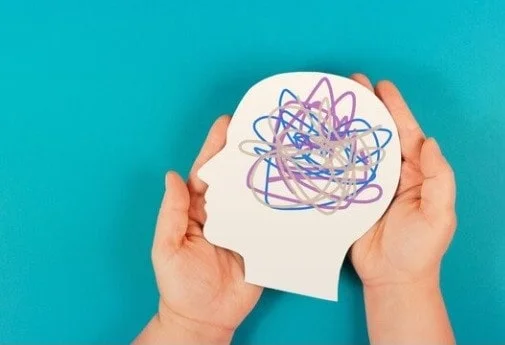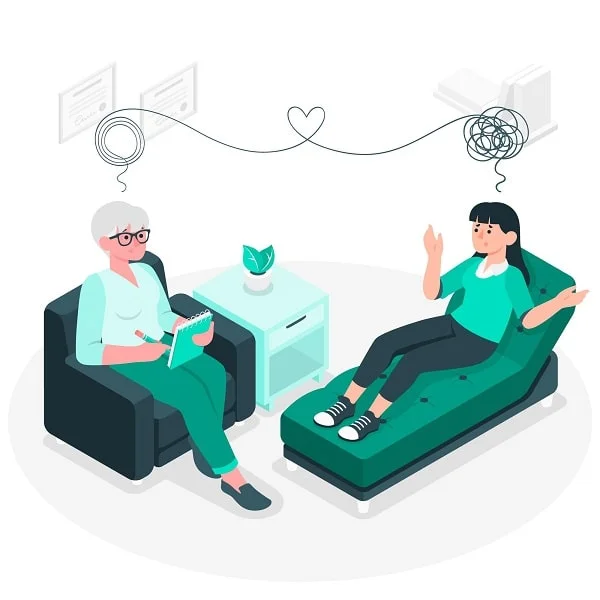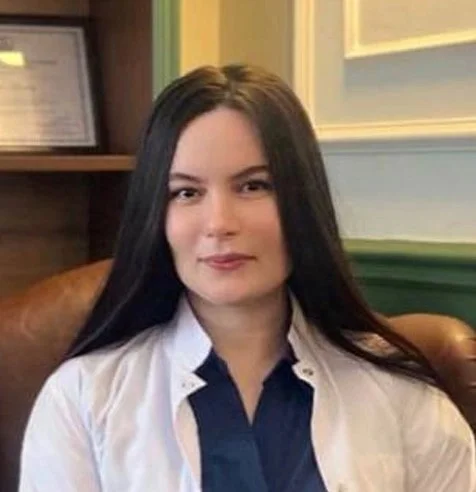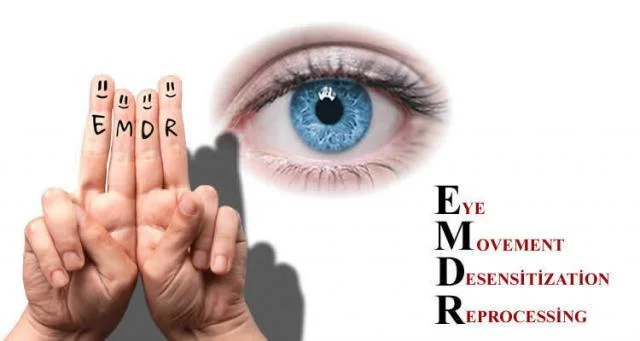
Schema Therapy: A Journey into the Depths of Our Core Beliefs
- Schema Therapy: A Journey into the Depths of Our Core Beliefs
- What Is Schema Therapy?
- What Is a Schema?
- Core Schema Domains and Examples
- Schema Modes: A Closer Look at Emotional States
- Examples of schema modes include:
- Techniques Used in Schema Therapy
- Reflections from My Practice with Schema Therapy
- Who Is Schema Therapy Suitable For?
- Conclusion: As We Deepen Our Connection with Ourselves, Life Begins to Transform
Throughout my years working as a clinical psychologist, there are certain sentences I frequently hear from my clients:
“I know it doesn’t make sense, but I still feel this way…”
“I keep repeating the same cycle in my relationships…”
“No matter what I do, I never feel good enough…”
Behind these recurring thoughts, feelings, and behavior patterns, there are often deep-seated schemas formed during childhood. These schemas become embedded in the subconscious and invisibly influence our present-day lives. This is precisely where Schema Therapy stands out as a highly effective therapeutic approach—to reach, understand, and transform these deep patterns.
What Is Schema Therapy?
Schema Therapy is an integrative psychotherapy model developed by Jeffrey Young in the 1990s. It is based on cognitive-behavioral principles but also incorporates elements from psychoanalysis, attachment theory, gestalt, and experiential therapy.
The core assumption of this approach is:
Unmet emotional needs in early life give rise to deeply rooted belief systems known as maladaptive schemas. These schemas are reinforced by similar experiences throughout life, leading to repetitive problems.
What Is a Schema?
From a clinical perspective, a schema is a deeply ingrained emotional and cognitive framework—often operating unconsciously—that a person develops about themselves, others, and the world.
A schema is a distorted, yet familiar, internal reality.
For example, someone who was constantly criticized as a child may develop an “inadequacy” schema. Even if they are highly successful as an adult, they might still internally feel: “I’m just not good enough.” This belief can subconsciously influence their decisions, relationships, and self-perception.
Core Schema Domains and Examples
Schema Therapy identifies 18 maladaptive schemas, grouped under five core domains:
- Disruptions in Attachment and Security Needs
- Abandonment: “People I love will eventually leave me.”
- Defectiveness/Shame: “Deep down, there’s something wrong with me.”
- Mistrust/Abuse: “Others will hurt or take advantage of me.”
- Impaired Autonomy and Performance
- Dependence: “I can’t cope on my own.”
- Failure: “I’m a failure.”
- Identity Confusion: “I don’t know who I am.”
- Impaired Limits and Self-Control
- Entitlement: “I’m special; rules don’t apply to me.”
- Insufficient Self-Control: “I can’t delay gratification.”
- Other-Directedness
- Subjugation: “I mustn’t upset others.”
- Approval-Seeking: “If others don’t like me, I have no value.”
- Overvigilance and Inhibition
- Pessimism: “Good things never happen to me.”
- Self-Sacrifice: “My needs aren’t important.”
- Emotional Inhibition: “Showing emotions makes me look weak.”

Schema Modes: A Closer Look at Emotional States
In therapy, I work not only with schemas themselves but also with their moment-to-moment expressions, called modes. These modes reflect the current emotional state and the coping strategies that become active in response to schema activation.
Examples of schema modes include:
- Vulnerable Child Mode: The fragile self, full of abandonment, rejection, and inadequacy.
- Punitive Parent Mode: The internalized, harsh, critical voice.
- Healthy Adult Mode: The inner strength that brings self-compassion and emotional regulation.
The primary goal in therapy is to strengthen the Healthy Adult mode while reducing the influence of harmful modes.
Techniques Used in Schema Therapy
In addition to traditional cognitive restructuring techniques, Schema Therapy incorporates emotionally rich and experiential methods, including:
- Experiential techniques (e.g., imagery rescripting, empty-chair work): Very effective for healing emotional wounds from the past.
- Role-play exercises: Used to confront the inner critical voice and set healthier boundaries.
- Identifying schema triggers in daily life: Asking questions like “What wound from the past is being activated by this current anger?” helps bring awareness.
- Analyzing relationship patterns: Discovering and transforming schemas that underlie repetitive relationship cycles.
Reflections from My Practice with Schema Therapy
The most common pattern I observe in my clients is that beliefs formed in childhood—such as abandonment, worthlessness, or inadequacy—often lead to recurring relational issues in adulthood.
One client continually chose relationships in which they felt unvalued, only to end up feeling disappointed. In therapy, we worked on defectiveness and approval-seeking schemas. Over time, their self-perception shifted, and their relationship choices began to change.
Schema therapy is not just a journey of awareness, but one of lasting transformation.
Who Is Schema Therapy Suitable For?
Schema Therapy is especially effective for individuals dealing with:
- Chronic depression and anxiety
- Personality disorders (particularly borderline and narcissistic)
- Relationship problems and attachment traumas
- Low self-esteem and identity issues
- Deep-seated belief systems formed after trauma
Rather than focusing solely on symptoms, this approach aims to uncover the root causes and reshape a person’s entire life narrative. Therefore, it is ideal not for those seeking quick fixes, but for those pursuing deep and meaningful change.
Conclusion: As We Deepen Our Connection with Ourselves, Life Begins to Transform
Schema Therapy is not just a cognitive intervention; it’s a powerful tool for confronting one's emotional past, transforming self-identity, and rebuilding internal resources.
As a clinical psychologist, I view this process as an inner journey. The more a person recognizes and transforms the burdens they carry from childhood, the more they learn to relate to themselves with compassion and strength.
Self-discovery may sometimes be painful—but it is always transformational.

Uzm. Cl. Psych. Esra SAYIN
Clinical Psychologist




